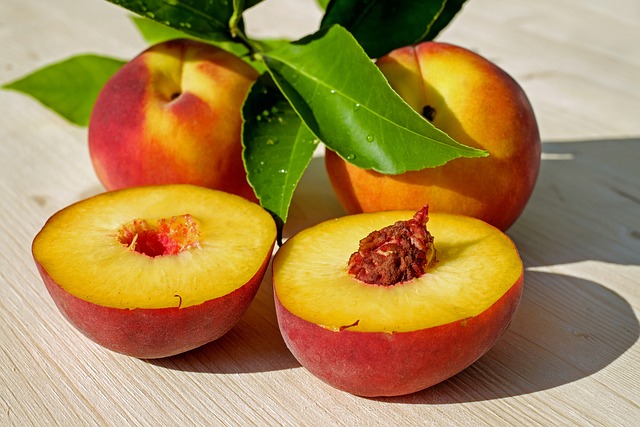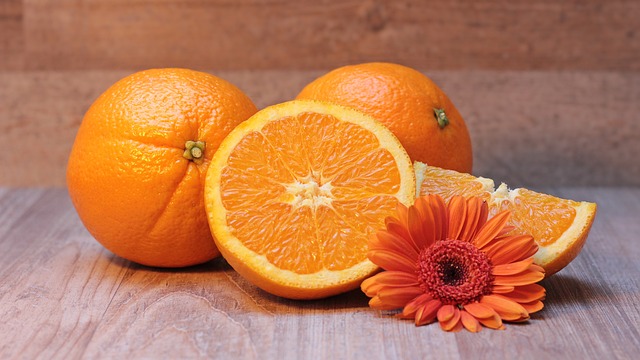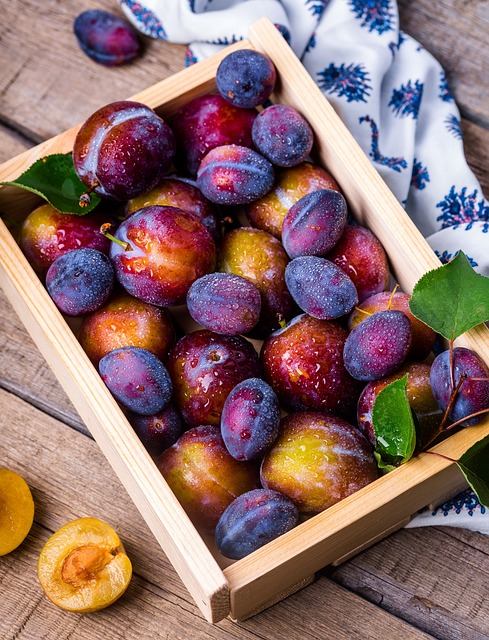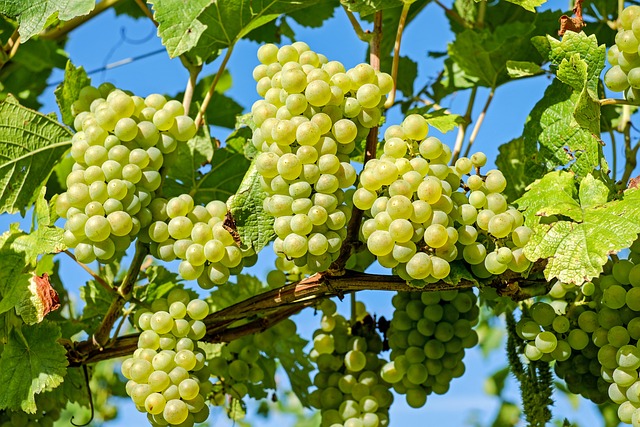From Yogurt to Kombucha: Exploring Different Sources of Probiotics
Probiotics have gained immense popularity in the health and wellness industry in recent years. These live bacteria and yeasts promote good gut health, aid digestion, and boost the immune system. While yogurt is often considered the go-to source of probiotics, there are many other options available. Let’s dive into the world of probiotics and explore different sources beyond yogurt.
1. Kombucha
Kombucha is a fermented tea beverage known for its probiotic properties. It is made by adding a symbiotic culture of bacteria and yeast (SCOBY) to sweetened black or green tea and allowing it to ferment. The fermentation process produces a tart and slightly effervescent drink that is rich in probiotics, amino acids, and antioxidants. Kombucha is not only a delicious alternative to plain water but also provides a refreshing way to incorporate probiotics into your diet.
2. Sauerkraut
Sauerkraut, a traditional German dish made from fermented cabbage, is another excellent source of probiotics. The fermentation process encourages the growth of beneficial bacteria that support gut health. Sauerkraut is not only a tasty side dish but also a natural source of vitamins C, K, and various beneficial enzymes. Including sauerkraut in your meals can be a flavorful way to introduce probiotics into your diet.
3. Kimchi
Kimchi, a Korean staple, is another fermented cabbage dish that is packed with probiotics. It is made by fermenting various vegetables, such as napa cabbage and radishes, with an array of spices. Kimchi’s strong and spicy flavor makes it a versatile condiment that can be enjoyed in sandwiches, salads, or alongside rice and other main dishes. Its probiotic content not only aids digestion but also contributes to overall gut health.
4. Kefir
Kefir is a fermented milk drink that is similar to yogurt but offers even more diverse strains of probiotics. It is made by adding kefir grains, a combination of bacteria and yeasts, to milk. The fermentation process converts lactose into lactic acid, making kefir easier to digest for individuals with lactose intolerance. Kefir is a creamy and tangy beverage that can be enjoyed on its own or used as a base for smoothies and other drinks.
5. Miso
Miso, a traditional Japanese seasoning, is a paste made by fermenting soybeans with salt and a specific mold called koji. The fermentation process can vary in duration, resulting in light to dark miso with different flavors and probiotic strengths. Miso is commonly used to add depth of flavor to soups, stews, and marinades. It not only enhances the taste of dishes but also brings the benefits of probiotics to your meals.
6. Pickles
When pickles are made through natural fermentation methods instead of vinegar brining, they become a source of probiotics. Fermented pickles are made by submerging cucumbers in a solution of water and salt, allowing the natural bacteria on the cucumbers to initiate the fermentation process. The result is a tangy and crunchy pickle rich in probiotics. Adding fermented pickles to your diet can bring a zesty twist while supporting your gut health.
7. Tempeh
Tempeh is a fermented soybean product that originated in Indonesia. It is made by fermenting cooked soybeans with a specific mold, which binds them into a dense cake-like form. Tempeh is a versatile ingredient that can be stir-fried, grilled, or used as a meat substitute in various dishes. The fermentation process not only enhances its nutritional profile but also increases its probiotic content. Incorporating tempeh into your







